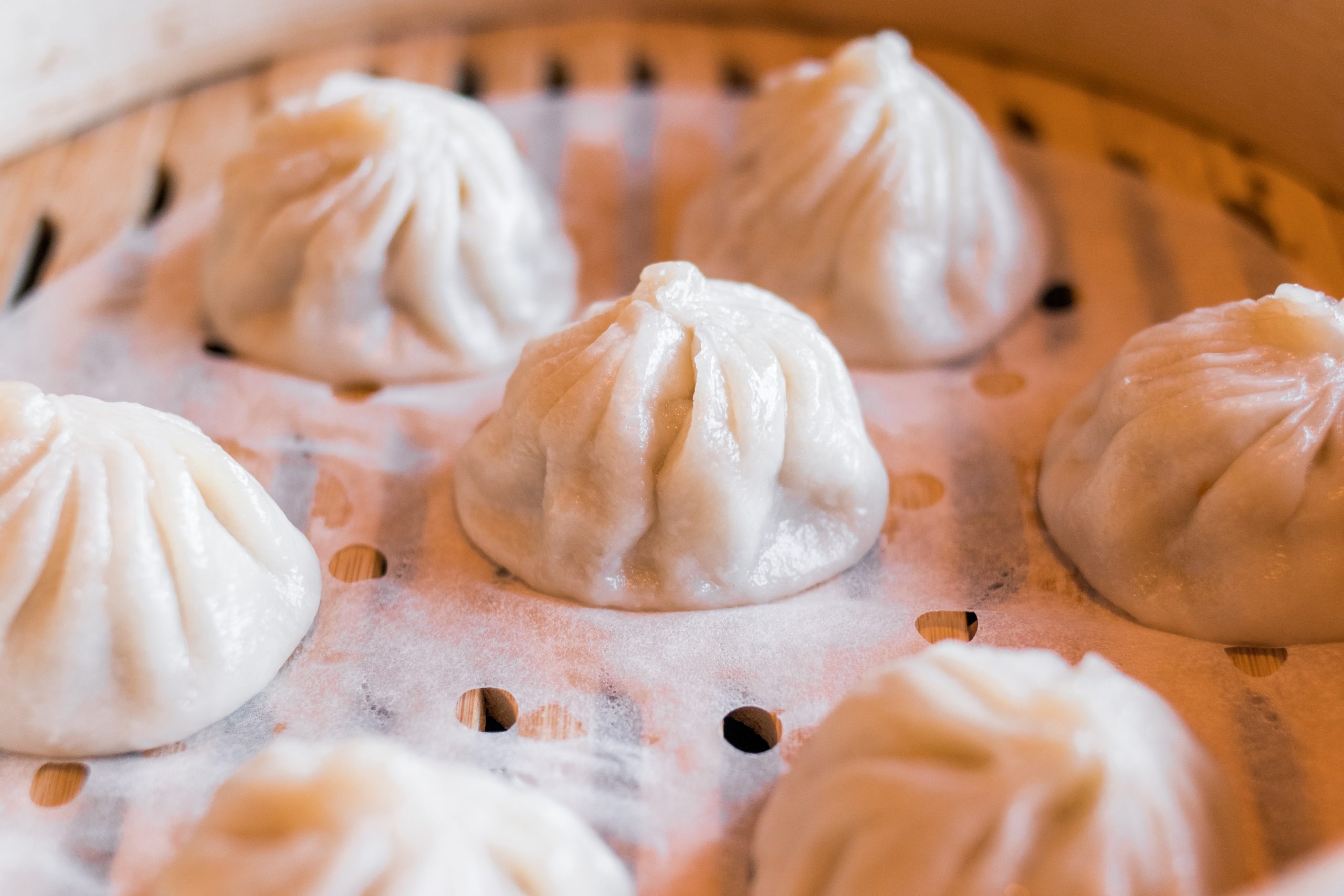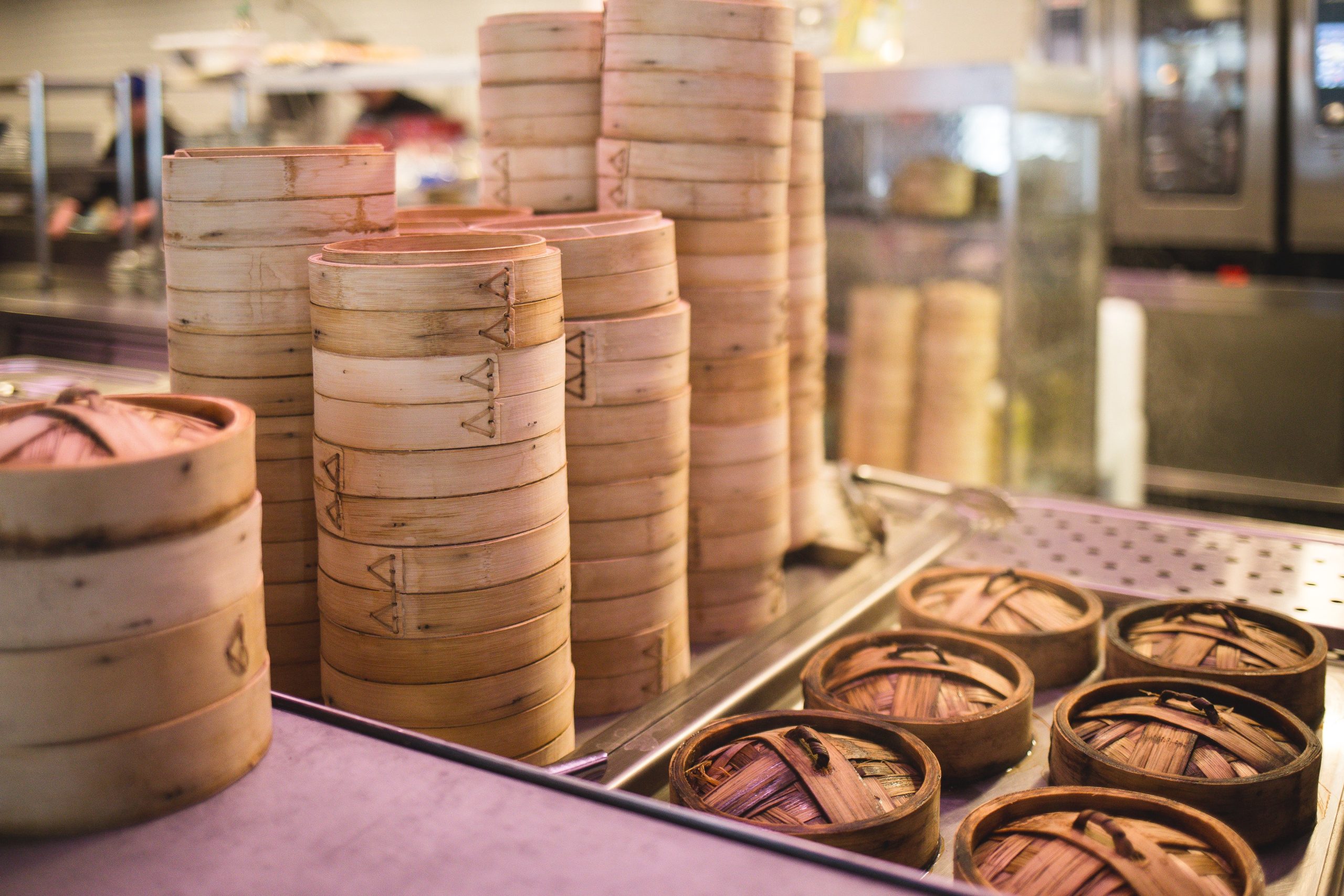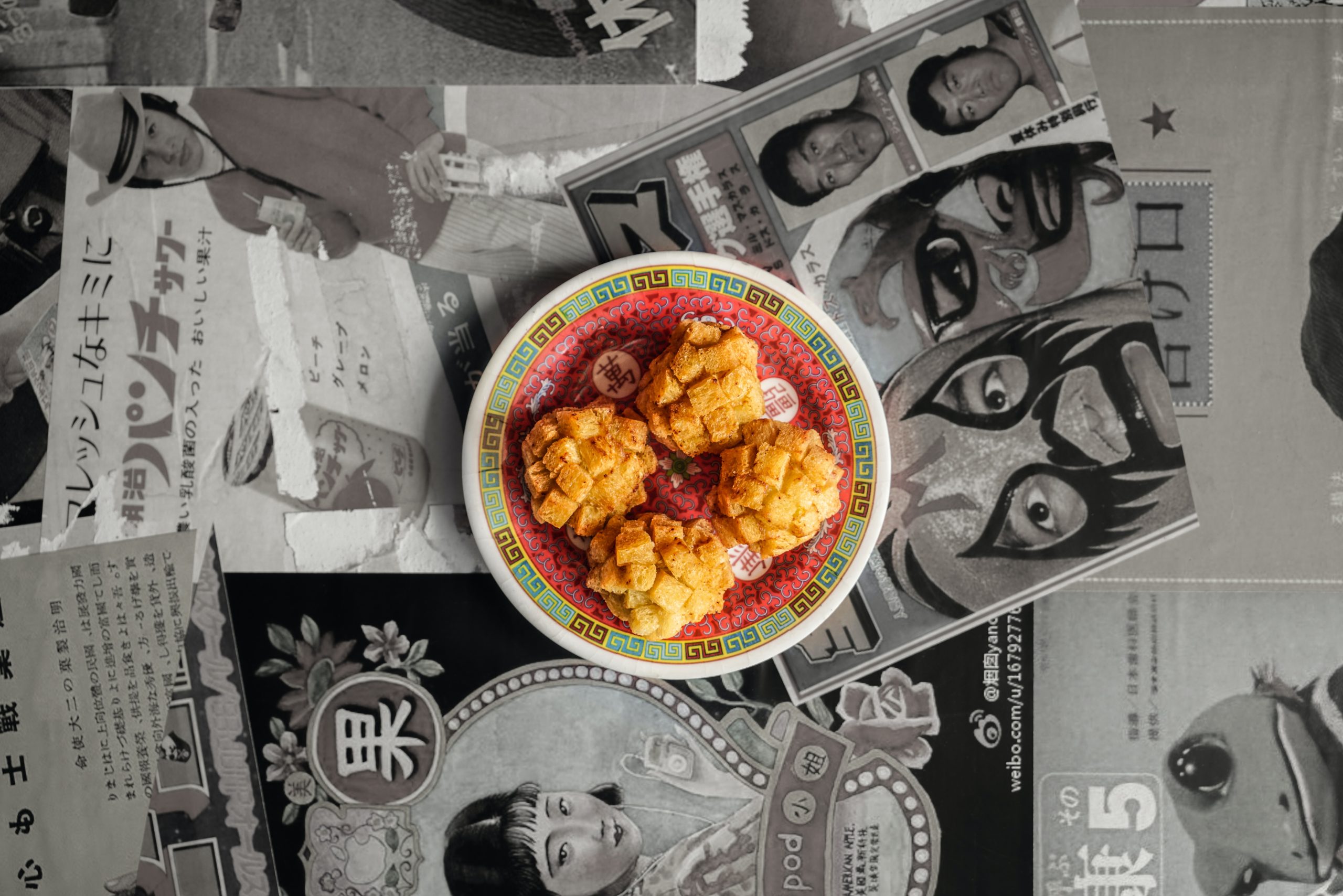A Culinary Journey Through Chinese Cuisine and Dim Sum Delights
Welcome to a delectable adventure through the heart of China, where we will explore the rich tapestry of Chinese cuisine and dim sum. From the bustling streets of Shanghai to the tranquil gardens of Suzhou, Green Sun Travel will take you on a gastronomic tour that will leave your taste buds dancing and your senses enraptured.
Overview of Chinese Cuisine and Dim Sum
Chinese cuisine is one of the world’s most diverse and influential culinary traditions. It’s characterized by a rich history, regional variations, and a balance of flavors, textures, and techniques. One of the most beloved aspects of Chinese cuisine is dim sum, a culinary art that centers around small, bite-sized dishes typically enjoyed during brunch or as snacks. Let’s take a closer look at both Chinese cuisine and dim sum.
Chinese Cuisine:

Regional Diversity: Chinese cuisine is not a monolithic entity but a mosaic of regional styles. Some of the most famous regional cuisines include Sichuan, Cantonese, Shandong, Hunan, and Jiangsu. Each has its unique ingredients, cooking techniques, and flavor profiles.
Balance of Flavors: Chinese cuisine is renowned for achieving a harmonious balance of five fundamental flavors: sweet, sour, bitter, salty, and umami. These flavors are often achieved through the use of ingredients like soy sauce, vinegar, sugar, and various spices.
Ingredients: Chinese cuisine boasts a wide array of ingredients, including rice, noodles, tofu, a variety of vegetables, and an extensive range of meats and seafood. Freshness and seasonality play a significant role in Chinese cooking.
Cooking Techniques: Chinese culinary techniques are diverse and include stir-frying, steaming, braising, deep-frying, and roasting. Wok cooking is a fundamental method, as it allows for quick and even heating.
Tea Culture: Tea plays an integral role in Chinese dining culture. The practice of serving tea before, during, and after meals is a tradition that has deep roots in Chinese cuisine.
Dim Sum:
Meaning: Dim sum, which translates to “touch the heart,” refers to a collection of bite-sized dishes and snacks. It is a tradition that originated in the southern regions of China, particularly in Guangdong (Canton).
Variety: Dim sum encompasses a wide variety of dishes, including dumplings, buns, rolls, pastries, and other small plates. These can be savory or sweet, and each has its unique ingredients and preparation methods.
Serving Style: Dim sum is often served in small bamboo steamer baskets or on small plates. It is meant to be shared with family and friends, creating a communal and social dining experience.
Popular Dim Sum Dishes: Some of the most popular dim sum dishes include har gow (shrimp dumplings), siu mai (pork dumplings), char siu bao (barbecued pork buns), egg tarts, congee (rice porridge), and turnip cake.
Cultural Significance: Dim sum is not just about the food but also about the tradition and experience. It’s a time for gathering, connecting with loved ones, and enjoying a wide array of flavors in a single meal.
Global Popularity: Dim sum has gained popularity around the world and can be found in Chinese restaurants and dim sum houses in many countries. It’s not only a culinary delight but also a cultural experience for those who enjoy it.
In summary, Chinese cuisine and dim sum are treasures of culinary heritage. The diverse regional styles, emphasis on balance, and the communal nature of dining make Chinese cuisine a unique and delightful experience. Dim sum, in particular, offers a glimpse into the heart of Chinese culture, providing not just food but also an opportunity to bond with others over delectable small bites. Whether you’re enjoying a bowl of noodle soup in Beijing or savoring a delicate dumpling in Hong Kong, Chinese cuisine and dim sum never fail to touch the heart and delight the palate.
Chinese cuisine and Dim Sum journey

Day 1: Arrival in Shanghai
Upon arriving in Shanghai, the vibrant cityscape and tantalizing aromas of Chinese street food greet you with open arms. Begin your culinary adventure with a stroll along Nanjing Road, where food vendors offer a variety of delectable street snacks. Taste the savory pork buns (baozi) and crispy scallion pancakes, a perfect prelude to the dim sum experience that awaits.
Day 2: Dim Sum in the French Concession
Start your day with a visit to one of Shanghai’s quaint tea houses. Enjoy an array of dim sum delicacies, including steamed dumplings, dumpling soup, and fluffy custard buns. The intimate setting and traditional ambiance of these tea houses provide an authentic dim sum experience.
Day 3: Suzhou’s Hidden Gems
Take a short train ride to Suzhou, a city known for its classical gardens and refined cuisine. Explore the Humble Administrator’s Garden and linger in the elegant teahouses. Don’t forget to try the city’s unique take on dim sum, with delicate dumplings and fresh seafood prepared in innovative ways.
Day 4: The Great Wall and Beijing Duck
Travel to Beijing to marvel at the awe-inspiring Great Wall of China. After a day of exploration, indulge in a Beijing duck feast. This iconic Chinese dish is served with thin pancakes, hoisin sauce, and fresh cucumbers – a true culinary masterpiece.
Day 5: Beijing’s Dim Sum Scene
Dive into Beijing’s thriving dim sum culture by visiting one of the city’s historic teahouses. Sample steamed shrimp dumplings, pork siu mai, and pan-fried dumplings. Top it off with a cup of fragrant jasmine tea for the complete experience.
Day 6: Xi’an’s Dumpling Banquet
Xi’an is renowned for its rich history and the Terracotta Army. However, it’s also home to a unique dumpling feast. Taste a wide variety of dumplings, each artfully shaped to indicate their fillings. This culinary experience is both delicious and educational.
Day 7: Chengdu’s Sichuan Flavors
Fly to Chengdu, the capital of Sichuan province, where you’ll encounter a different facet of Chinese cuisine. Savor mouth-numbing Sichuan hotpot and delectable Sichuan-style dim sum. Be prepared for a fiery culinary adventure as you explore the world of Sichuan flavors.
Day 8: Cooking Class in Yangshuo
Embark on a hands-on cooking class in the picturesque town of Yangshuo. Learn to make dumplings from scratch with fresh ingredients and locally sourced spices. It’s a great way to take a piece of your culinary journey home with you.
Day 9: Return to Shanghai
Conclude your gastronomic journey with a return to Shanghai. Visit the renowned Yu Garden to explore its peaceful grounds and charming bazaars. Don’t miss the opportunity to sample Shanghainese dim sum one more time, and perhaps explore new flavors you missed on your first visit.
Conclusion
Your journey through the diverse and tantalizing world of Chinese cuisine and dim sum has come to an end, but the memories of these culinary adventures will stay with you forever. From the bustling streets of Shanghai to the tranquil gardens of Suzhou and the fiery kitchens of Chengdu, China’s culinary diversity is truly a remarkable experience. We hope you return home with a deep appreciation for the flavors, traditions, and stories that make up the tapestry of Chinese cuisine. Until next time, zài jiàn (goodbye), and may your future culinary travels be as enriching as this one!







